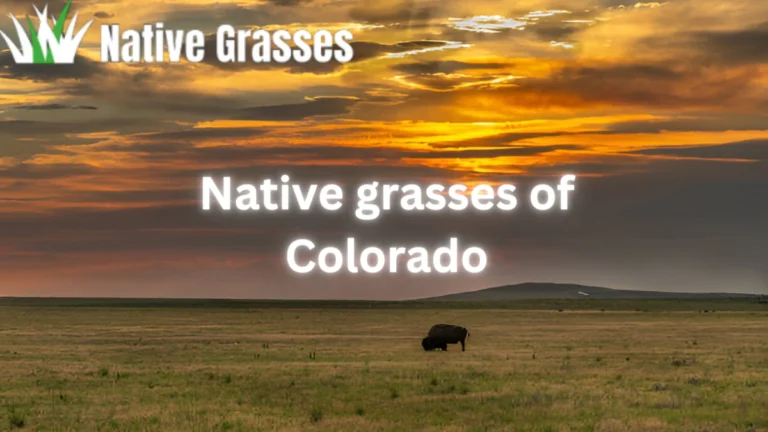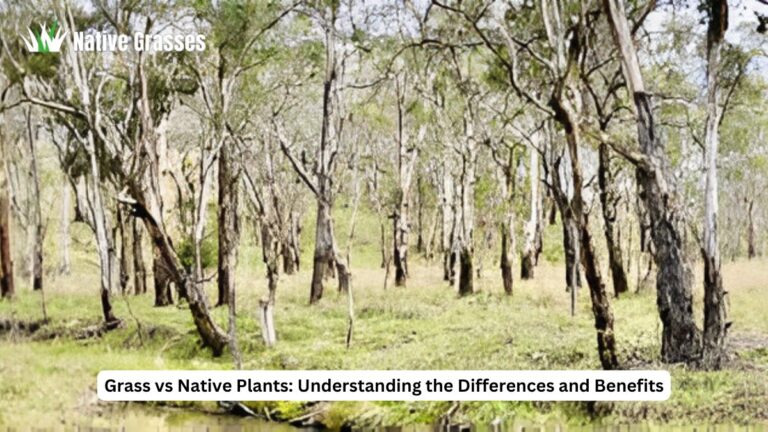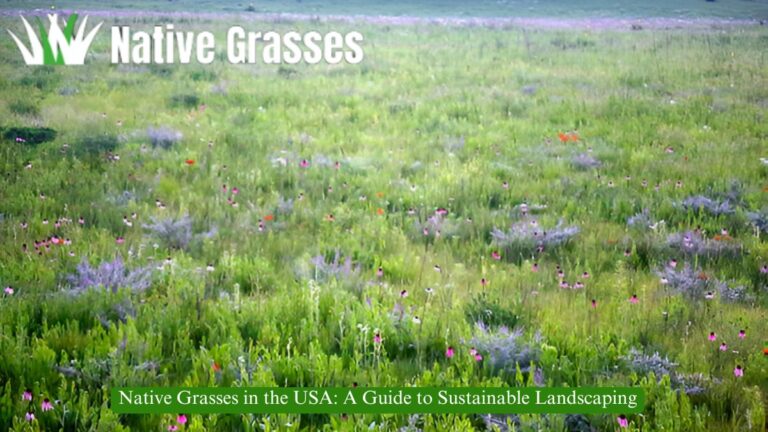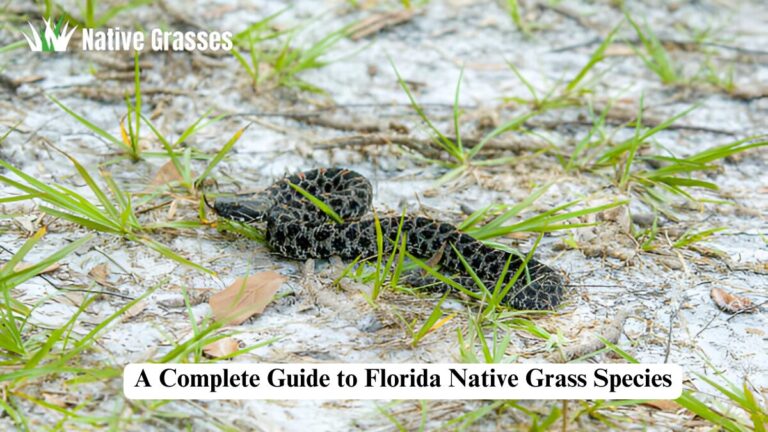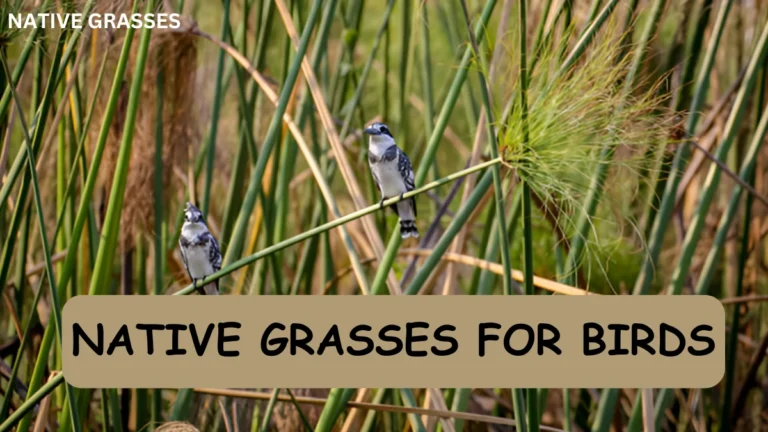Frost Seeding Native Grasses: A Complete Guide
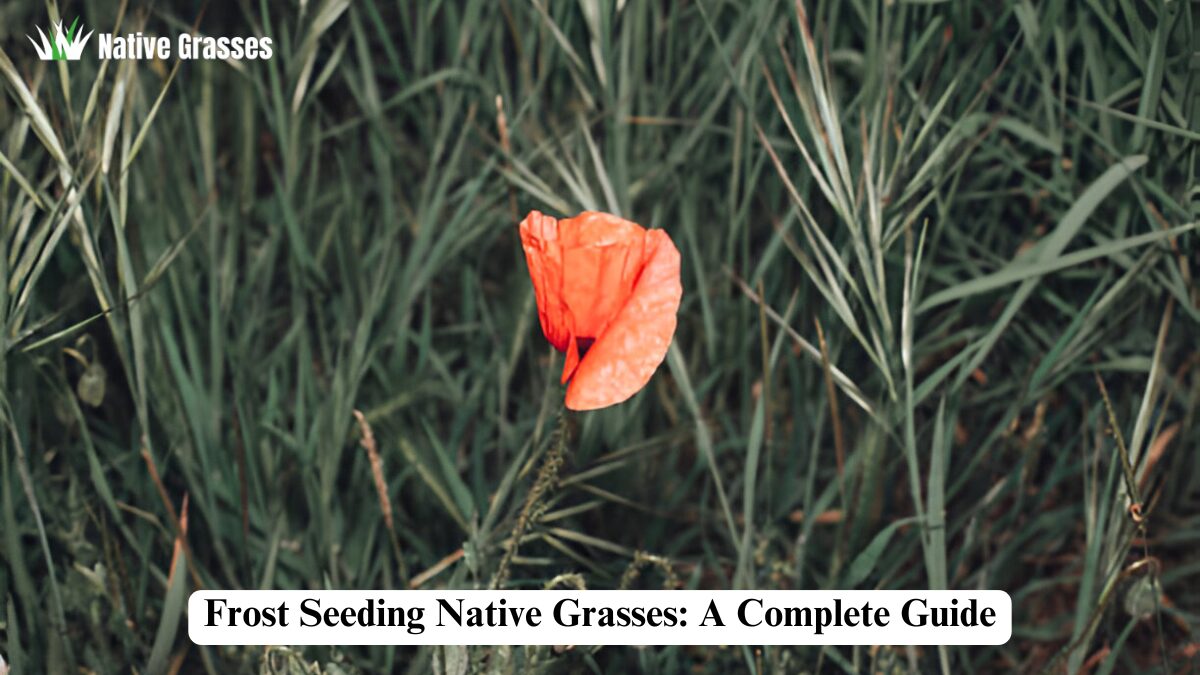
Frost seeding is an innovative, cost-effective, and efficient method to establish native grasses by taking advantage of natural freeze-thaw cycles. This technique, often favored by farmers, conservationists, and gardeners, involves broadcasting seeds over frozen soil. As the ground thaws and freezes, the seeds are pulled into the soil, creating optimal conditions for germination. Frost seeding is particularly beneficial for those looking to improve pasture diversity, restore native habitats, or promote sustainable land management practices.
In this guide, we’ll explore the science behind frost-seeding native grasses. You’ll learn the method’s science, step-by-step instructions, practical tips, and real-world examples to ensure your success.
Benefits of Frost Seeding Native Grasses
Enhancing Biodiversity
Native grasses are essential for healthy ecosystems. Frost seeding allows you to introduce a variety of grass species, boosting biodiversity.
- Supports Wildlife: Native grasses provide food and shelter for birds, insects, and other animals.
- Promotes Soil Health: Diverse root systems improve soil structure and organic matter.
- Reduces Invasive Species: Healthy native grass stands to outcompete invasive weeds.
Cost and Labor Efficiency
Frost seeding requires fewer resources compared to traditional planting methods.
- No-Tillage Needed: Eliminates the need for heavy machinery or soil disturbance.
- Time-Saving: Seeds can be broadcast during off-season months.
- Lower Costs: Reduced labor and equipment expenses make this method accessible to all budgets.
Natural Seed Placement
The freeze-thaw cycles naturally work the seeds into the soil, mimicking nature’s processes.
- Improved Germination: Seeds are placed at an optimal depth without human intervention.
- Reduced Soil Erosion: Minimal disturbance means soil stays intact.
- Efficient Moisture Use: Seeds benefit from early spring moisture.
How Frost Seeding Works
The Science Behind Freeze-Thaw Cycles
Understanding how frost seeding leverages natural processes is key to its success.
- Soil Contraction and Expansion: As soil freezes and thaws, it creates small cracks and openings.
- Seed Placement: Broadcast seeds settle into these openings, ensuring good soil contact.
- Moisture Availability: Early spring rains and melting snow provide ideal conditions for germination.
Ideal Conditions for Frost Seeding
For best results, certain conditions must be met:
- Frozen Soil: Seeds should be broadcast when the ground is firm and frozen.
- Minimal Snow Cover: A thin layer of snow can help seeds stay visible for spreading.
- Late Winter/Early Spring: Timing ensures seeds are in place before significant thawing begins.
Suitable Native Grass Species
Not all grass species are suitable for frost seeding. Focus on hardy, fast-germinating native varieties:
- Big Bluestem (Andropogon gerardii): A tall, warm-season grass.
- Switchgrass (Panicum virgatum): Ideal for erosion control.
- Indian Grass (Sorghastrum nutans): Great for wildlife habitat restoration.
Preparing for Frost Seeding
Selecting the Right Site
Choose a location that supports native grasses and aligns with your goals.
- Soil Type: Well-drained soils with moderate fertility work best.
- Sunlight: Ensure the area receives ample sunlight for grass growth.
- Existing Vegetation: Remove aggressive weeds to reduce competition.
Choosing Quality Seeds
Seed quality plays a crucial role in frost seeding success.
- Certified Seeds: Opt for certified native grass seeds for better germination rates.
- Seed Mixes: Use blends that include multiple species to enhance biodiversity.
- Local Adaptation: Choose seeds sourced from your region for better performance.
Tools and Equipment
Frost seeding requires minimal tools but proper preparation ensures efficiency.
- Broadcast Seeder: Hand-crank or mechanical seeders work well.
- ATV/Tractor: Useful for covering larger areas.
- Measuring Tools: To evenly distribute seed.
Steps to Frost Seed Native Grasses
Preparing the Ground
Ensure the site is ready for seeding to maximize germination.
- Clear Debris: Remove dead vegetation, leaves, or snow.
- Weed Control: Address any existing invasive species.
- Soil Testing: Test pH and fertility levels to guide amendments.
Broadcasting the Seed
Proper seed distribution is critical for even coverage.
- Timing: Spread seeds when the soil is frozen but snow-free.
- Rate: Follow recommended seeding rates for each grass species.
- Technique: Use a crisscross pattern for consistent coverage.
Post-Seeding Care
After broadcasting, minimal maintenance is required.
- Natural Integration: Allow freeze-thaw cycles to work seeds into the soil.
- Monitor Wildlife: Protect seeds from birds or other animals.
- Patience: Native grasses may take several weeks or months to establish.
Challenges and How to Overcome Them
Weed Competition
Weeds can outcompete native grasses if not managed properly.
- Solution: Conduct pre-seeding weed control and monitor regularly.
Poor Germination Rates
Several factors can hinder seed germination.
- Solution: Use high-quality seeds and ensure proper site preparation.
Weather Variability
Unpredictable weather can disrupt frost seeding.
- Solution: Plan for flexible seeding windows and adapt to local conditions.
Table: Recommended Native Grass Species for Frost Seeding
| Grass Species | Growth Season | Benefits | Optimal Seeding Rate (lbs/acre) |
| Big Bluestem | Warm | Erosion control, wildlife habitat | 8-10 |
| Switchgrass | Warm | Drought tolerance, soil stability | 5-7 |
| Indian Grass | Warm | Biodiversity, forage value | 7-9 |
| Little Bluestem | Warm | Ornamental use, dry soils | 6-8 |
Case Studies: Successful Frost Seeding Projects
Case Study 1: Pasture Restoration in Iowa
A small-scale farmer in Iowa successfully established a diverse native grass pasture using frost seeding. By carefully selecting species and preparing the site, they saw improved soil health and increased forage availability within two growing seasons.
Case Study 2: Erosion Control in Tennessee
A conservation group in Tennessee used frost seeding to stabilize eroding hillsides. The project reduced sediment runoff by 40% and restored native vegetation.
Case Study 3: Pollinator Habitat in Nebraska
A community initiative in Nebraska used frost seeding to create pollinator-friendly spaces. Native grasses and wildflowers flourished, attracting bees, butterflies, and birds.
Conclusion
Frost seeding native grasses is a practical and effective method for enhancing biodiversity, improving soil health, and restoring natural habitats. You can achieve impressive results with minimal effort by understanding the process, selecting the right species, and following best practices. Whether you’re managing farmland, conserving wildlife habitats, or improving landscapes, frost seeding offers a sustainable and rewarding solution.
FAQs
What is the best time to frost seed native grasses?
The ideal time for frost seeding is late winter to early spring, when the ground is frozen but beginning to thaw.
Can frost seeding work in all climates?
Frost seeding is most effective in regions with distinct freeze-thaw cycles. It may not be suitable for consistently warm climates.
How much seed should I use for frost seeding?
Follow recommended seeding rates for your chosen species, typically ranging from 5-10 lbs per acre.
What equipment is needed for frost seeding?
A broadcast seeder, ATV, or tractor is helpful, but hand broadcasting works fine for smaller areas.
How long does it take for native grasses to establish?
Native grasses may take several weeks to germinate and up to two years to fully establish.
Can frost seeding be used for wildflowers?
Yes, frost seeding is also effective for many native wildflower species.
Do I need to fertilize after frost seeding?
Fertilization depends on soil conditions. Conduct a soil test to determine nutrient needs.
How do I protect seeds from birds and wildlife?
Minimizing seed exposure by spreading just before light snow or incorporating cover crops can help.
Are there specific grasses better suited for erosion control?
Switchgrass and Indian Grass are excellent choices for stabilizing soil.
Is frost seeding suitable for large-scale projects?
Yes, with proper planning and equipment, frost seeding can be scaled to large areas effectively.

